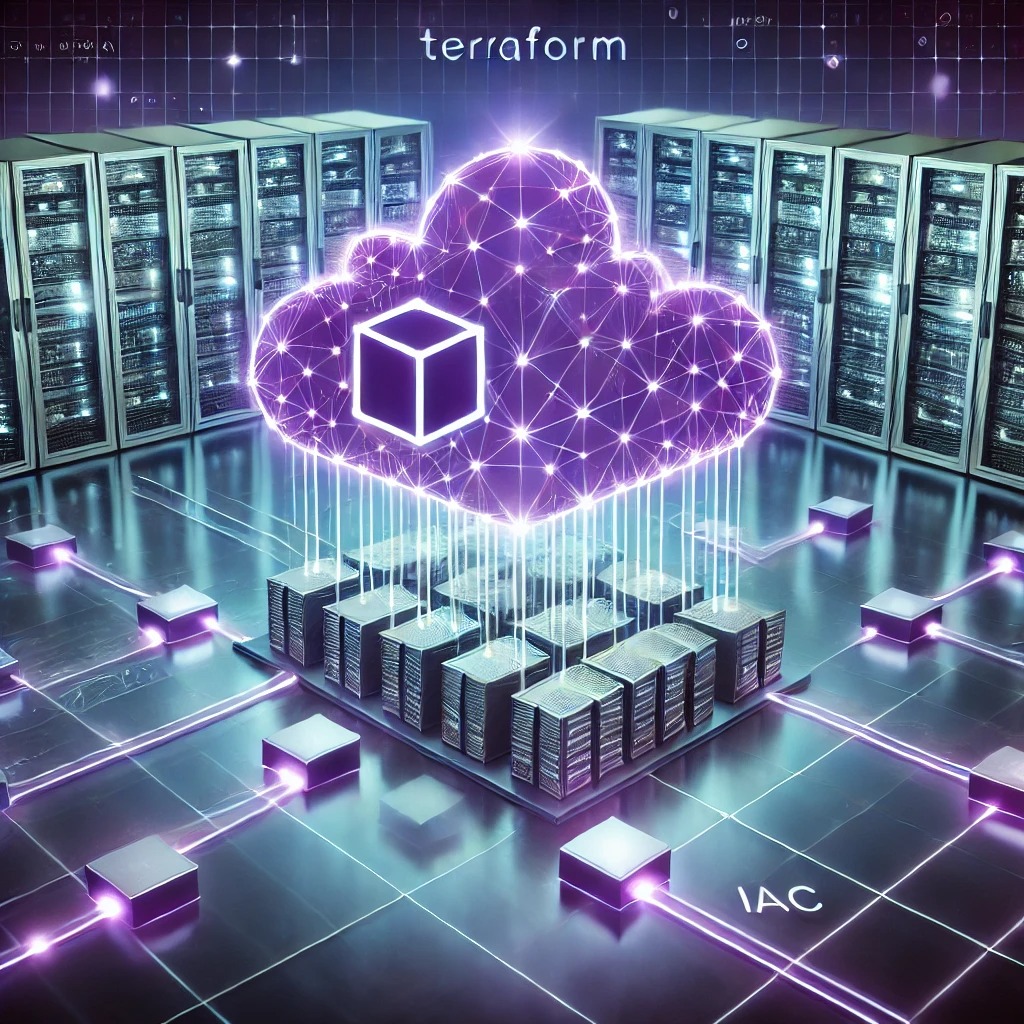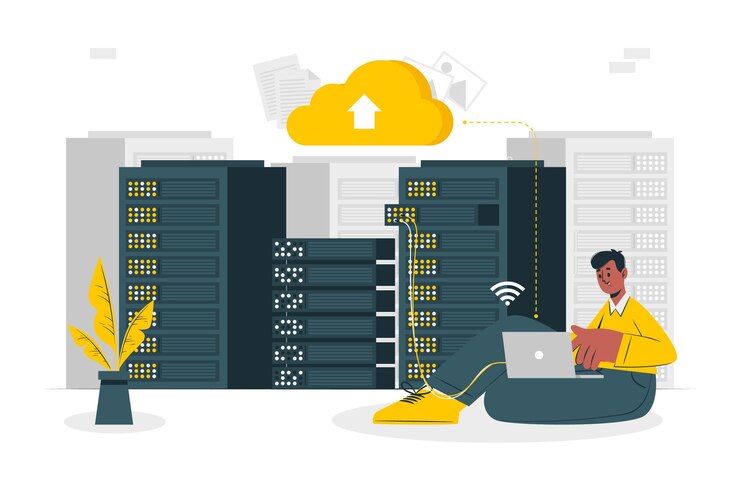Why Terraform is So Popular?
Terraform is extremely popular because of its declarative approach, infrastructure state management, and multi-cloud support. Here’s an explanation of why Terraform is commonly used:
“Terraform Best Practices: Why It’s the #1 DevOps Tool”

Overview of Terraform
In DevOps, Terraform has become the most popular Infrastructure as Code (IaC) technology. It is the best option for cloud infrastructure management due to its scalability, automation, and adaptability.
Instead of using manual provisioning, Infrastructure as Code (IoC) enables you to construct infrastructure using code. maintains uniformity throughout the development, quality assurance, and production environments.
We will look at the best practices in this post to make the most of Terraform’s capabilities and guarantee seamless deployments.
Why Terraform is the Best DevOps Tool
Declarative Configuration
Terraform’s declarative syntax streamlines infrastructure management. It lets you specify the desired state and automates resource provisioning accordingly. This method avoids manual settings while ensuring uniformity across environments. Declarative and simple to learn.
HashiCorp Configuration Language (HCL) has a simple syntax.
You specify the desired state, and Terraform chooses how to achieve it.
Example: resource “aws_instance” “web” { ami = “ami-0c5cccccxxxxxxxx” instance_type = “t2.micro” }.
Terraform automatically configures the instance, reducing the need for manual operations.
Multi-Cloud Support
Terraform, unlike other IaC technologies, works seamlessly with many cloud providers. Whether you use AWS, Azure, or Google Cloud, Terraform provides a consistent framework for managing your infrastructure.
Multi-cloud and provider agnostic. Compatible with AWS, Azure, GCP, VMware, Kubernetes, and other platforms.
A single tool for managing hybrid and multi-cloud environments.
Standardised setup helps to prevent vendor lock-in.
Dependency Management 🔗
Terraform automatically resolves dependencies between resources.
Example: – Create a VPC, then subnets, and finally EC2 instances.Ensures that resources are produced in the proper order

State Management
Terraform has a state file, which tracks resource dependencies and changes. This functionality assures infrastructure consistency, avoiding unexpected changes and conflicts.
Modularity and Reusability
Terraform modules encourage reusable code, which reduces duplication and improves maintenance. By defining reusable components, teams can deploy infrastructure rapidly and efficiently.
Automatic Infrastructure Deployment
Terraform offers automation at all stages of infrastructure deployment. Teams may use its robust CLI and integration features to optimise procedures and reduce human error.
Best practices for using Terraform
- Use Remote State Storage.
Storing the state file remotely improves both security and collaboration. In multi-user scenarios, options like AWS S3 with state locking via DynamoDB help to prevent conflicts.
- Implement version control.
Always use Git or another version control system to track changes in your Terraform configurations. This ensures traceability and coordination among teams.
- Maintain a modular structure.
Breaking down setups into modules enhances organisation and reusability. Modules can be used to manage various components, including networking, databases, and compute resources.
- Enable State Locking.
State locking prevents multiple users from making changes that conflict. Implementing locks using Terraform Cloud, AWS DynamoDB, or other methods avoids state file corruption.
Defining variables improves flexibility and reduces hard-coded values. Outputs help retrieve important values, making integration with other services easier.
5. Use Variables and Outputs Effectively
Defining variables improves flexibility and reduces hard-coded values. Outputs help retrieve important values, making integration with other services easier.
6. Implement Terraform Workspaces
Workspaces allow you to manage multiple environments, such as development, staging, and production, within a single configuration. This prevents misconfigurations between environments.
7. Perform Dry Runs with ‘terraform plan’
Running terraform plan before applying changes provides visibility into proposed modifications. This step helps detect potential issues before execution.
8. Secure Sensitive Data
Avoid storing sensitive information in Terraform files. Use environment variables or secrets management tools like HashiCorp Vault or AWS Secrets Manager.
9. Automate Terraform with CI/CD Pipelines
Integrate Terraform into CI/CD pipelines to automate deployments. Using tools like GitHub Actions, GitLab CI/CD, or Jenkins ensures reliable infrastructure changes.
10. Regularly Update Terraform Versions
Stay updated with the latest Terraform versions to leverage new features and security patches. Using outdated versions can lead to compatibility issues.
Conclusion
Terraform continues to be the top choice for DevOps teams managing cloud infrastructure. By following these best practices, organizations can enhance efficiency, improve security, and maintain consistency in deployments. Start implementing Terraform today and experience seamless infrastructure management!


usefull information